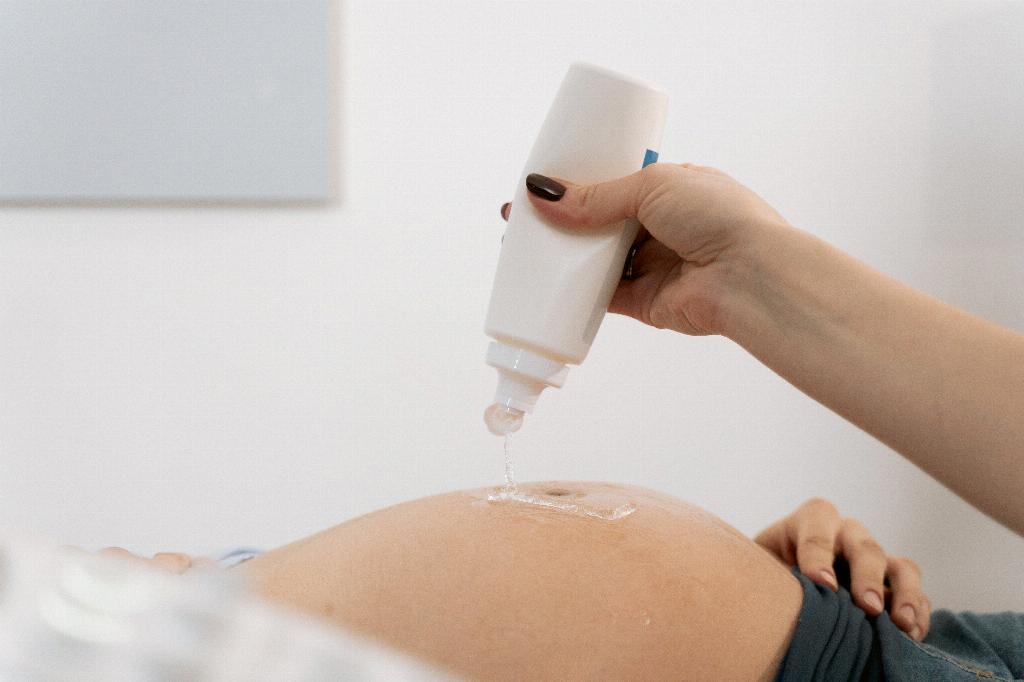When it comes to painting during pregnancy, it’s essential to prioritize your health and the health of your baby. While Sherwin Williams paints are known for their quality and extensive range of colors, the safety of using these paints while pregnant is a valid concern that should not be overlooked.
Understanding the Risks
Household paints, including those from Sherwin Williams, contain various chemicals that can potentially pose risks to pregnant women. Exposure to certain chemicals found in paints, such as volatile organic compounds (VOCs) and other harmful additives, has been linked to adverse health effects, including respiratory issues and potential developmental problems in the fetus.
The Importance of Proper Ventilation
One crucial factor to consider when painting while pregnant is the ventilation of the space. Proper ventilation helps to reduce the concentration of airborne chemicals, minimizing the potential risks associated with inhaling paint fumes. If you choose to paint, ensure that the room is well-ventilated with windows open and fans running to promote air circulation.
Consulting with Your Healthcare Provider
Before engaging in any painting activities during pregnancy, it is highly recommended to consult with your healthcare provider. Your doctor can provide personalized advice based on your health status, the stage of your pregnancy, and any preexisting conditions that may influence the safety of using paints.
Alternative Precautionary Measures
If you are set on painting but have concerns about using traditional paints, consider opting for low or zero VOC paints. Sherwin Williams offers a range of environmentally friendly paint options that are safer for indoor air quality, reducing the potential risks associated with harmful chemical exposure.
Timing and Duration of Painting
When deciding whether to paint while pregnant, timing and duration are key considerations. It is advisable to schedule painting projects during the second trimester when the risk of pregnancy complications is relatively lower. Limit the duration of exposure to paint fumes and take frequent breaks to reduce the likelihood of adverse effects.
Protective Gear and Hygiene Practices
When engaging in painting activities, regardless of the paint used, always prioritize your safety by wearing appropriate protective gear such as gloves, masks, and long-sleeved clothing. Additionally, practice good hygiene by washing your hands thoroughly after painting to minimize the potential ingestion of harmful chemicals.
Consider Outsourcing the Task
If you remain uncertain about the safety of painting while pregnant, consider outsourcing the task to a professional painter or enlisting the help of a friend or family member. This way, you can avoid direct exposure to paint fumes and focus on your well-being and that of your baby.
Monitoring for Symptoms
After painting, monitor yourself for any unusual symptoms that may indicate a reaction to paint exposure. Be vigilant for signs of respiratory distress, dizziness, nausea, or headaches. If you experience any concerning symptoms, seek medical attention promptly.
Final Thoughts
While Sherwin Williams paints are renowned for their quality and durability, the decision to paint while pregnant requires careful consideration of potential risks and precautionary measures. Prioritize your health and the well-being of your baby above all else, and if in doubt, always consult with your healthcare provider for personalized guidance.
Conclusion
In conclusion, the choice to paint with Sherwin Williams paint while pregnant involves weighing the potential risks against the desired outcome. By understanding the factors at play, taking necessary precautions, and seeking professional advice when needed, you can make an informed decision that prioritizes the safety and health of both you and your baby.

